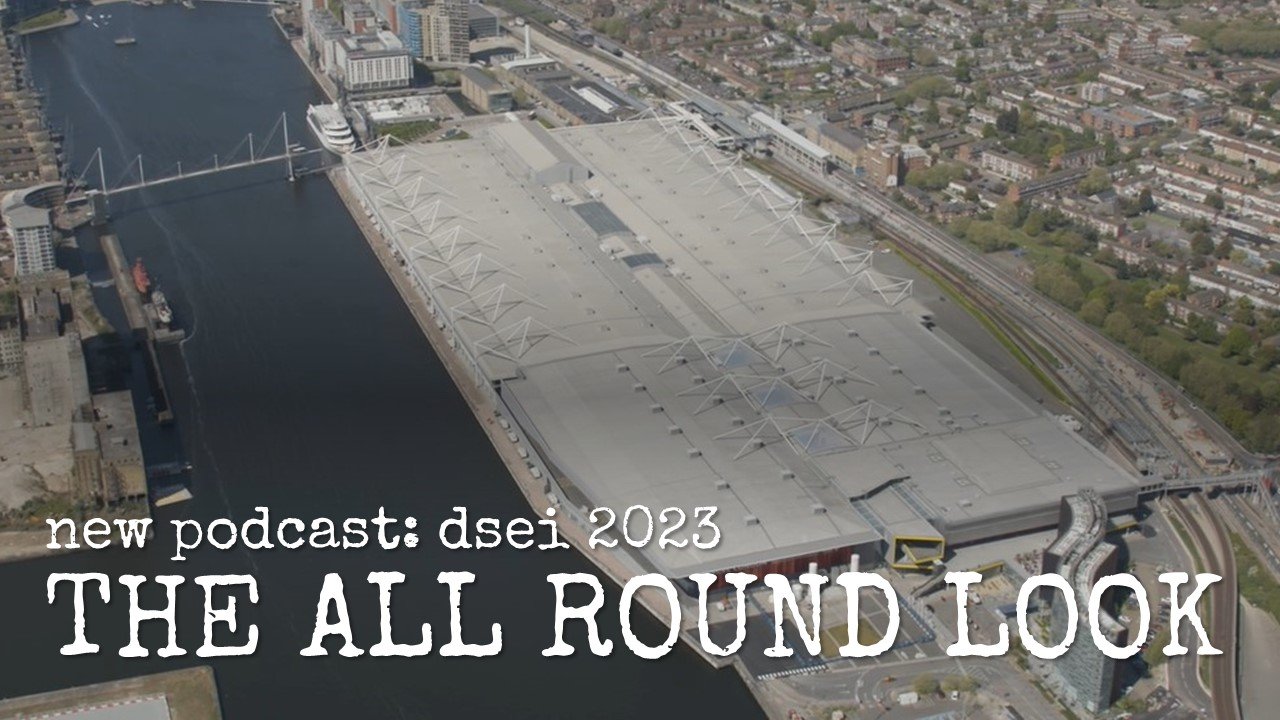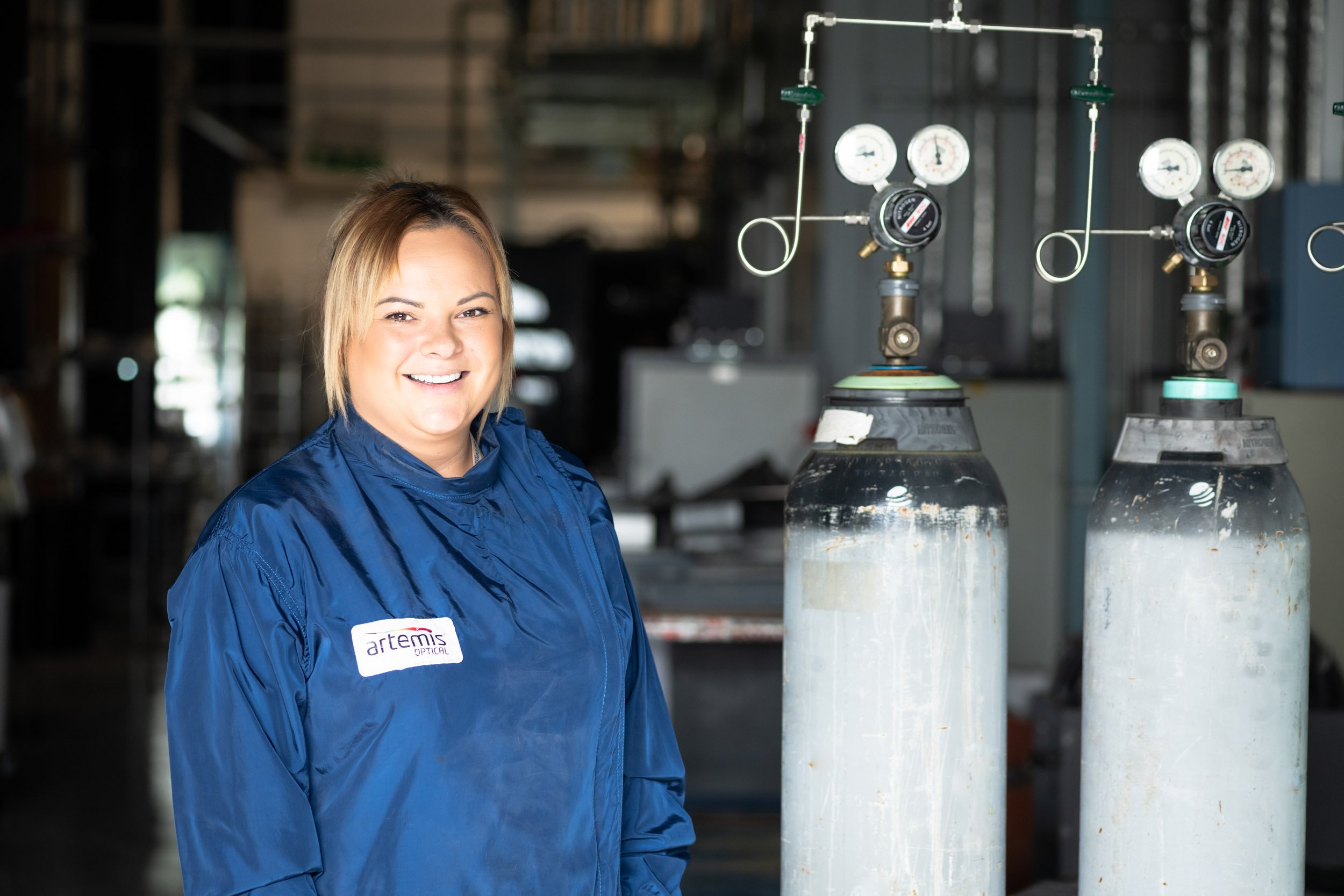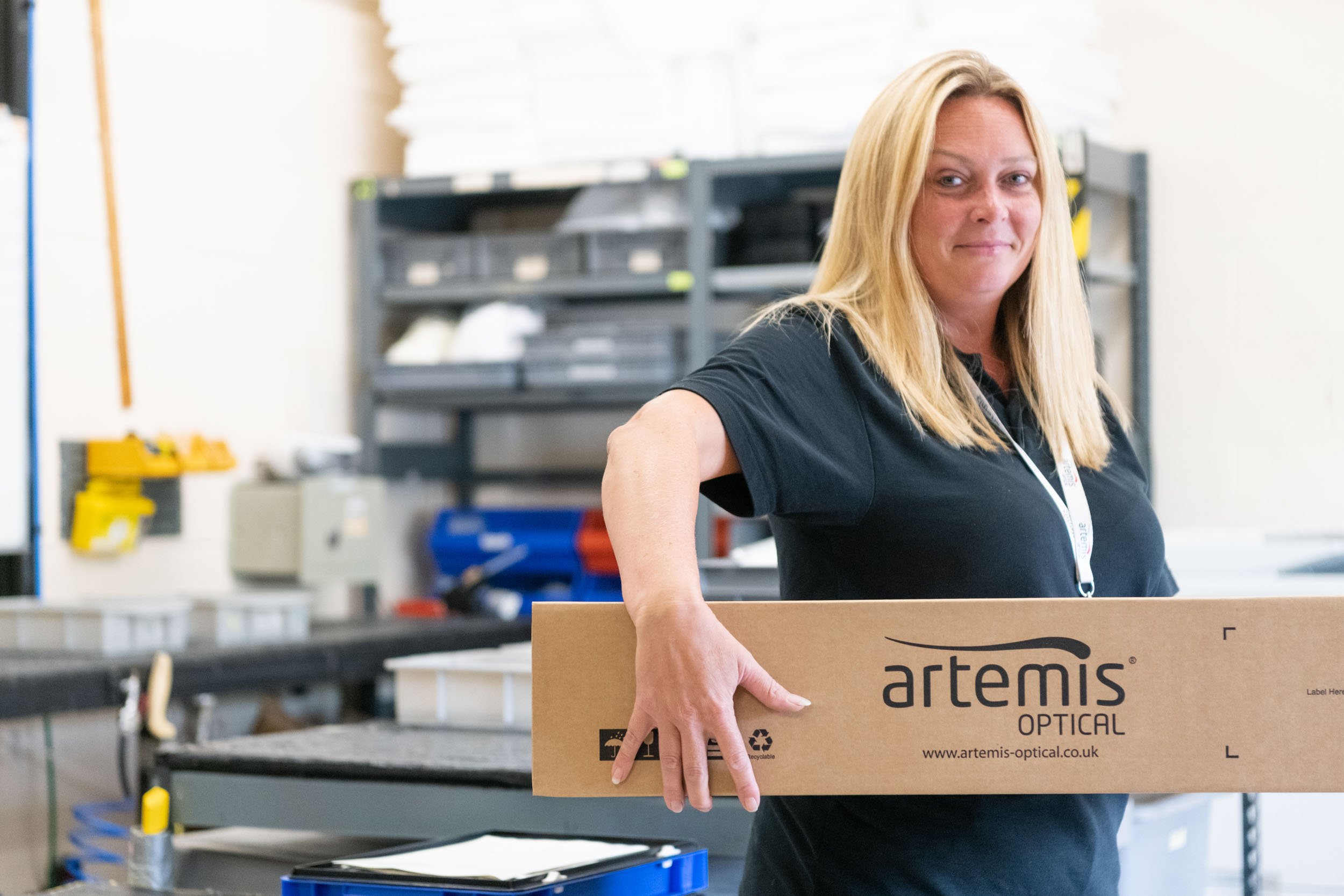
In-House Testing
Precision Verified: Utilising Advanced Testing Tools for Unrivalled Optical Performance and Environmental Resilience
Our product testing employs a diverse range of tools, including Spectrophotometers and Interferometers for optical measurements, along with ETS Humidity, DSE Climatic and Temperature, and Ascott Salt Fog test chambers for environmental simulations.
Additionally, we utilise eraser and wiper abraders for wear testing, and digital microscopes and dynascopes for detailed inspections. These varied methods ensure comprehensive evaluation and consistent high-quality output of our products.
Spectrophotometers are essential in our product testing, ensuring quality and consistency. These devices measure light intensity in a spectrum part, enabling us to accurately determine our products' absorbance, transmittance, and reflectance. This is crucial for colour consistency across batches or when wavelength absorption indicates certain substances. The data we gather refines our manufacturing process, helping every product meet our high standards.
Interferometers play a key role in our optical testing, ensuring precision in our flat substrates. By causing light wave interference, we can measure Form Error, Transmitted Wavefront Error and Parallelism. Form Error reveals deviations from ideal surfaces, Transmitted Wavefront Error assesses optical performance, and Parallelism ensures substrate faces are exact parallels. This data refines our quality control, enhancing production and product standards.
Our ETS humidity test chambers are used to simulate diverse humidity levels, helping us understand how our products respond to different environmental stressors. We can thus assess the reliability and longevity of our products under high-humidity conditions. This insight informs our manufacturing process, ensuring that our products are designed to withstand a wide range of environmental conditions. The data from these tests is pivotal in our commitment to producing high-quality, durable coatings and filters.
We use DSE Climatic test chambers to verify the resilience of our products under varying climatic conditions. These chambers emulate a wide range of temperatures and humidity levels, enabling us to evaluate how our products withstand different environmental extremes. The data derived from these tests is integral to our mission of delivering top-tier, robust products.
In House Test Equipment
-
Cary 5000 UMA – UV VIS NIR 175nm – 3300nm.
Variable angle (S+P) reflection measurement capability.
Cary 6000i UV VIS NIR 175nm – 1800nm.
High resolution OD measurement capability. OD 8
Cary 60 with colour IVPT capability 190nm – 1100nm.
Perkin Elmer Frontier Optica FTIR 1.2µ - 30µ
Automated OD Laser Test Facility @ 694nm 0° - 80° with built in Cary 60 for Colour/IVPT measurement.
Combiner Test Station – Automated angular measurements with X Y Z staging and integrated Cary 60.
-
Fisba µPhase Interferometer 633nm. (max Diameter 100mm) Capable of measuring Form Error, Transmitted Wavefront Error and Parallelism of flat substrates
-
ETS Humidity test chamber – configured for standard humidity test (49°C, 95% Relative Humidity)
DSE Climatic test chamber - +10°C to +95°C, 10 - 98%RH
DSE Temperature test chamber - -70°C - +180°C
Ascott Salt Fog Chamber
-
Eraser abrader conforming to MIL-E-12397
Wiper abrader conforming to TS1888 para 5.4.3 (5 mins @ 1000 rpm)
-
Calibrated scratch/dig reference samples
ASH OMNI 3 Digital microscope and measurement system
Dynascope 5-axis Measurement system
-
Jandel 4-point probe Ω/sq
DSE Temperature test chambers are vital in our environmental testing, helping us validate the performance of our products under a range of temperature conditions. These chambers simulate various temperatures, from extreme heat to severe cold, allowing us to scrutinise how our products react to these conditions. This enables us to guarantee the reliability and durability of our products under wide-ranging temperature scenarios.
Ascott Salt Fog chambers are instrumental in our environmental testing, facilitating the evaluation of our products' resistance to corrosive environments. These chambers reproduce salt fog conditions, allowing us to observe how our products handle such aggressive scenarios.






























